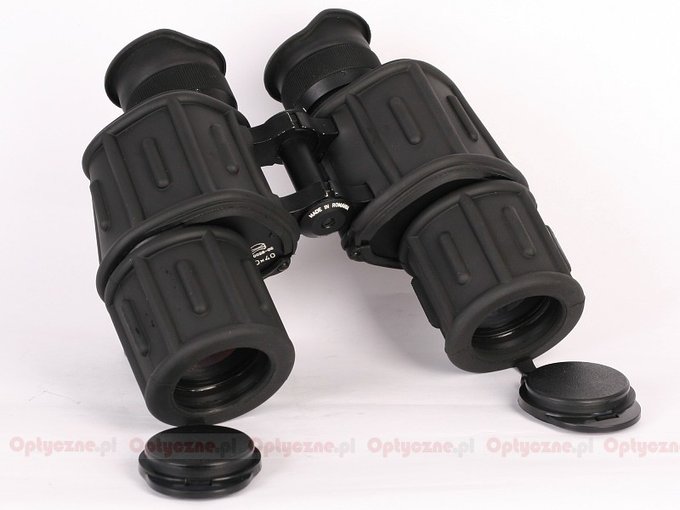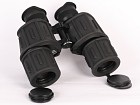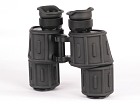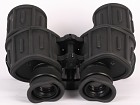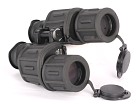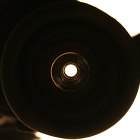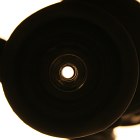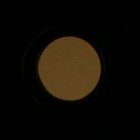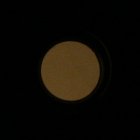IOR B/GA 10x40
On this company’s offer we find porro prismatic 8x30, 7x40, 10x40 and 10x50 models, offered with individual focus system and with or without a measuring grid. Additionally the IOR has some smaller roof prisms products with 8x21 and 10x25 parameters on its offer.
The company boasts about 70 years of experience in designing and producing optical instruments, the usage of the best mechanical and optical materials (German SCHOTT glass), high quality of binoculars’ housings which are dustproof, waterproof and shockproof, and good guarantee conditions.
| Magnification | Lens diameter | Angular field of view | Prisms | Eye relief | Weight | Price |
|---|---|---|---|---|---|---|
| 10 | 40 | 100/1000(5.7o) | BaK-4/Porro | 18 mm | 1200 g | 1990 PLN |
Summary
Pros:- very good astigmatism correction,
- low chromatic aberration,
- comfortable profiled eyecups,
- good BaK-4 prisms,
- long guarantee period,
- good blackening inside the barrels,
- low flares.
Cons:
- bad price/quality ratio,
- stinking rubber on the barrel which additionally sticks out,
- quite average transmission for a Porro device,
- significantly yellow image,
- steep fall of image sharpness at the edge of the field,
- minimum focus from the distance of 6.7 meters,
- lack of tripod exit,
- heavy,
- truncated exit pupils.
This pair of binoculars is a relict of the past with all the advantages and disadvantages connected with this fact. When we consider the solidity of workmanship, heavy weight and the inner construction then contemporary “Made in China” products could take a leaf out of the IOR’s book. Every optics specialist can disassemble the IOR without any problems, clean it and collimate easily. In the case of Chinese products, with the prisms glued inside, it would be impossible.
On the other hand, though, the plainness of build, so common when we deal with the products from the countries to the east of the Iron Curtain, puts you off very efficiently. Never before have we held a set of binoculars which stank so much. The rubber on the casing is fixed very shoddily – it moves sideways and one sudden movement is enough to take it off. There’s no end to these disparities; for a change, the way the eyecups are assembled is something plenty of other manufacturers, e.g. Steiner, should imitate. In Night Hunters every change of focus demands putting eyecups in a different position; in the IOR instrument the change of focus doesn’t change the eyecups’ position at all so the binoculars is very comfortable against the face.
The next characteristic feature of the Eastern Bloc products was the yellow image – IOR is no exception here. In its case the yellowish hue of the image is the most distinct of all other 10x42 binoculars, tested here. The most probable culprit are the coatings, which work the best in the yellow part of the spectrum and overall aren’t very efficient giving, as a result, an average transmission level for a Porro set of binoculars.
The IOR has a potential to be a good instrument. An attempt to conquer the market, though, can’t be based on minimum effort in the style of offering good guarantee conditions for a price similar to those of Western devices; it must be based on working from a scratch. A better quality control, the usage of better materials and antireflection multi-coatings of the newest generation seem to be a must in a device with the price tag of 700 USD. Currently even for two times less you wouldn’t get interested in the IOR.




